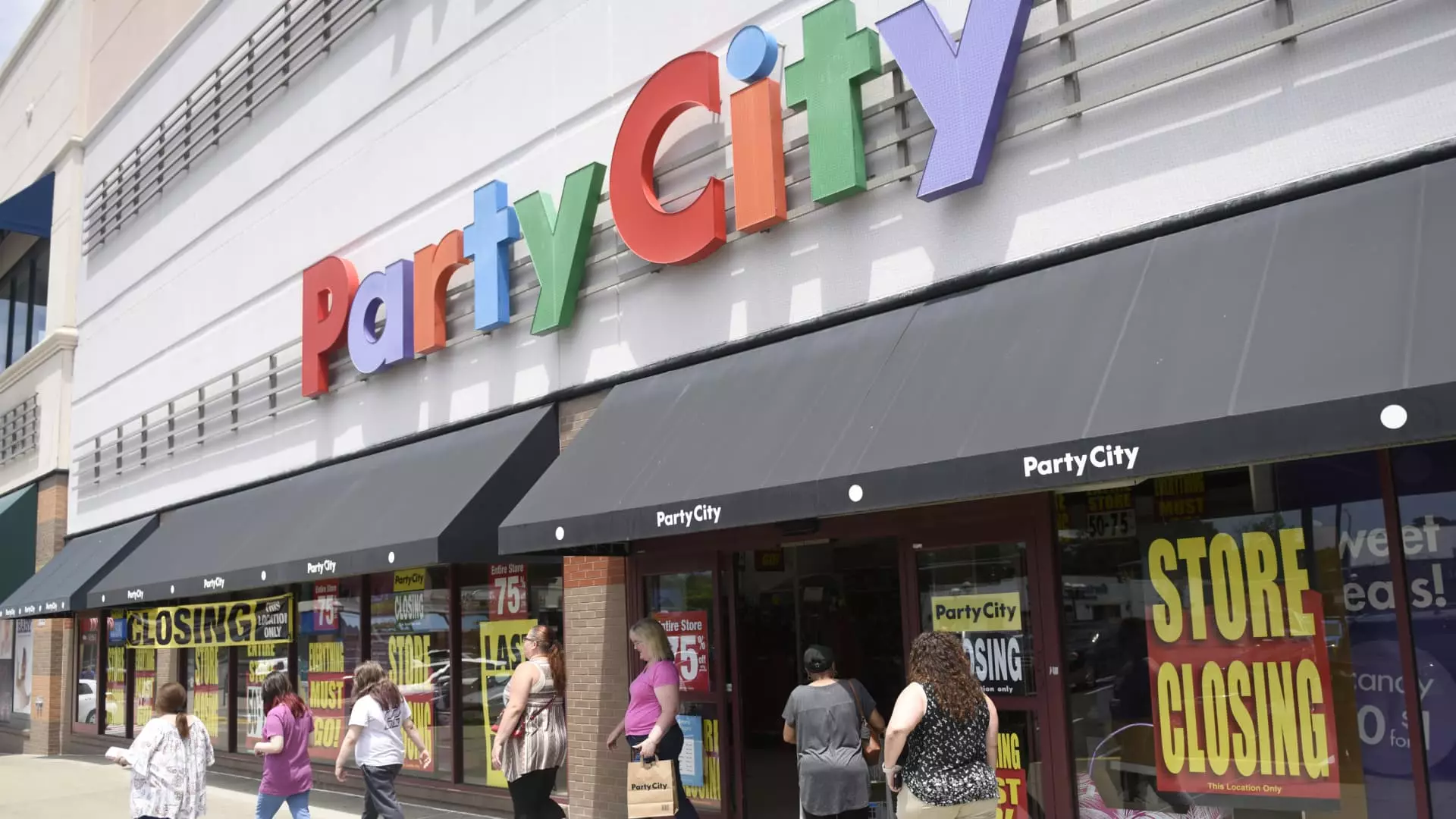The retail landscape in the United States is undergoing a significant transformation as evidenced by the alarming increase in store closures. According to Coresight Research, the number of closures reached its highest point since the onset of the COVID-19 pandemic, with over 7,325 store closures occurring in 2024 alone. This adds to the troubling pattern established in 2020 when nearly 10,000 stores were shut down due to pandemic-related disruptions. As we delve into the statistics, it becomes apparent that consumer behavior is increasingly favoring a select few industry giants while smaller retailers struggle to maintain their foothold.
To put the magnitude of this crisis into perspective, the National Retail Federation noted that holiday sales grew by 4% year over year, totaling an impressive $994.1 billion for the period between November 1 and December 31, 2024. Yet, despite consumer spending remaining robust, a greater portion of that financial clout is funneling into the hands of dominant retailers like Amazon, Costco, and Walmart. In stark contrast, scores of smaller chains are succumbing to market pressure, leading to widespread store closures as they grapple with competition, changing consumer preferences, and operational shortcomings.
A Grim Forecast for 2025
The situation is anticipated to worsen, with forecasts predicting approximately 15,000 store closures in 2025. Major players such as Party City and Walgreens Boots Alliance are among those announcing significant cuts to their store counts. Coresight Research has highlighted the escalating trend; already, 1,925 closures were reported by January 10 of this year. The mounting pressure on these retailers is indicative of underlying issues that extend beyond merely a decline in sales.
Economic analysts, including John Mercer of Coresight, emphasize that the competitive landscape is changing rather than consumer demand plummeting. “Retailers that are shuttering stores often find themselves in a precarious situation predicated on their inability to adapt,” Mercer explained. Many retailers are not just closing ineffective outlets but are dramatically realigning their business models in response to a shift toward e-commerce and a preference for convenience-driven shopping experiences.
Bankruptcies have also played a pivotal role in this evolving retail narrative. Retail bankruptcies skyrocketed from 25 in 2023 to 51 in 2024, further compounding the crisis with businesses like The Container Store and Joann already filing multiple bankruptcy applications within just a year. The closure announcements from these businesses reflect a troubling trend wherein legacy brands face near extinction while trying to navigate market turbulence.
The high-profile closures and bankruptcies are not confined to specialty retailers; traditional brands are under immense pressure too. For example, Macy’s, once a titan of American retail, is in the midst of reducing its physical footprint by approximately 150 stores by 2027, demonstrating that even established players are not immune to market pressures.
With retail brands converging into a state of flux, consumer preferences are shifting toward digital marketplaces. Brands like Shein and Temu have seen explosive growth, drawing in significant sales from U.S. consumers looking for budget-friendly and diverse products. The erosion of sales from traditional stores can have debilitating effects, especially given the high fixed costs associated with running physical locations.
Furthermore, population movements during the pandemic fundamentally altered retail traffic patterns. As shopping habits evolve, many retailers are forced to reconsider their strategies regarding where to establish new locations or maintain existing ones. In some cases, the closure of a major anchor store, like Macy’s in a mall, can cause a ripple effect, leading to a reduction in foot traffic and revenues for nearby businesses.
However, amid these challenges, there are signs of resilience within the retail sector. In 2024 alone, store openings accelerated, with nearly 5,970 new stores opening—the highest figure since Coresight began tracking retail movements in 2012. This suggests a potential for renewal, as some businesses adapt to changing consumer preferences by introducing smaller, more agile store formats.
Prominent brands, especially in the discount sector, are rising to meet these new demands. Companies such as Aldi and Five Below are projected to expand their operations further. As the retail landscape bifurcates between shrinking legacy brands and nimble newcomers, the importance of adaptability cannot be overstated.
While the opening statistics may suggest a hopeful shift, the stark reality of declining legacy retailers and increasing closures presents a complex picture. As we progress into 2025, the retail industry will need to remain vigilant, responsive, and innovative to navigate these turbulent waters effectively. Only those who can align themselves with emerging consumer trends and harness the power of digital sales will stand a chance of not just surviving but thriving in this brave new world of retail.

